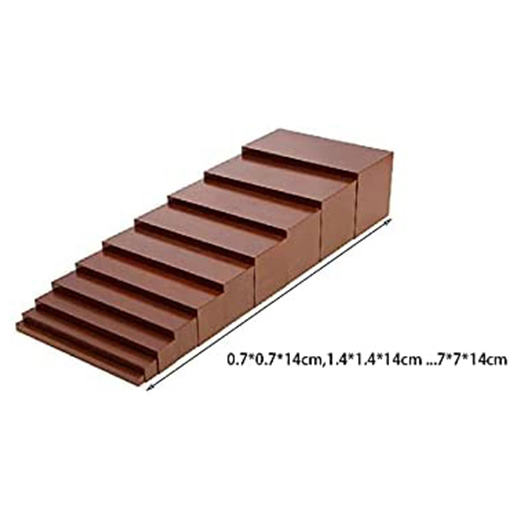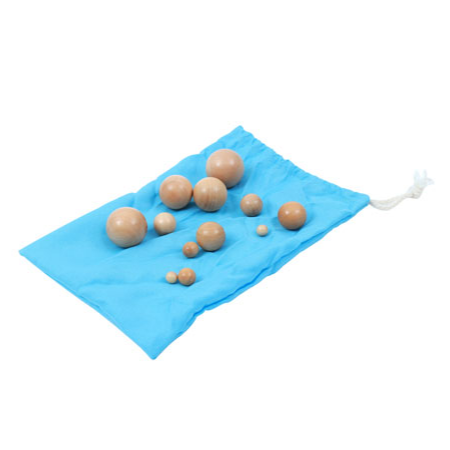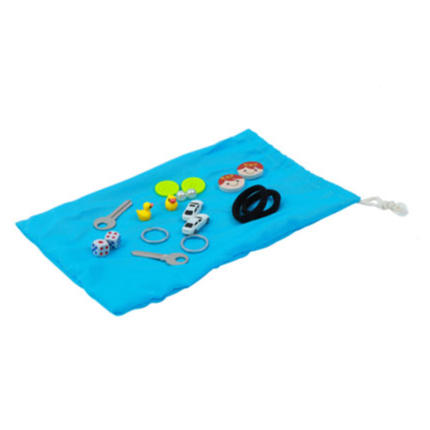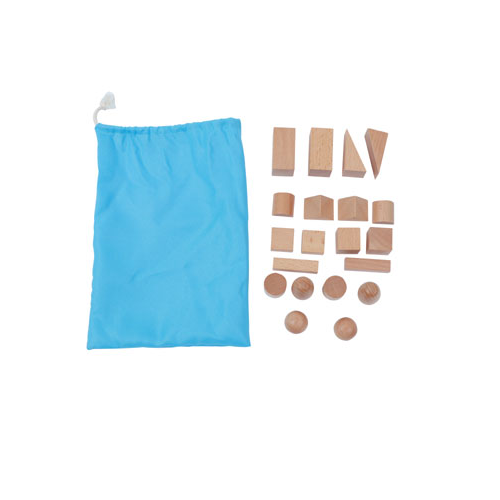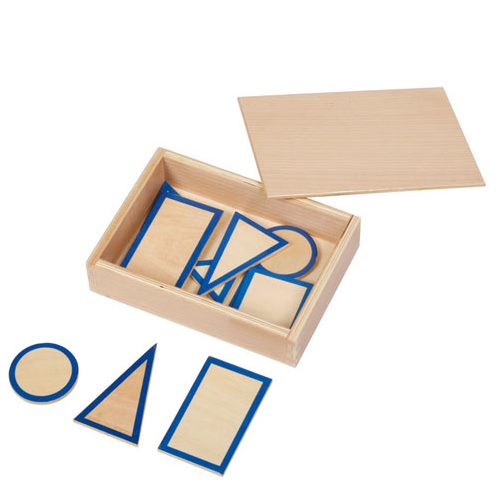Sensorial
The Brown Stairs is a popular Montessori teaching tool used to help children develop visual and tactile perception, as well as fine motor skills. It consists of ten rectangular blocks that gradually decrease in size from the largest to the smallest, while maintaining a uniform width. The blocks are arranged in a way that resembles a staircase, with each block progressively shorter in height.
Features of the Brown Stairs:
Material and Color: The Brown Stairs are usually made of high-quality wood, with a smooth finish and a natural brown or dark wood color. The warm texture of the wood makes it visually appealing and engaging for children.
Shape and Size: The set includes 10 blocks that decrease in height in fixed increments. The smallest block is significantly shorter than the largest one, which helps children grasp the concepts of size, proportion, and relative comparison.
Function and Uses:
Visual Discrimination: The gradual decrease in size helps children develop their ability to distinguish between different sizes, lengths, and depths.
Motor Coordination: Handling, stacking, and organizing the blocks enables children to improve their hand-eye coordination and fine motor control.
Mathematical Concepts: The Brown Stairs can also be used to introduce basic mathematical ideas like comparison, sequencing, addition, and subtraction.
Educational Value: The Brown Stairs supports the Montessori approach of "learning through the senses." It promotes logical thinking, spatial awareness, and an understanding of order, helping children progress from concrete experiences to more abstract concepts.
This material is typically designed for children aged 3 and above. It is widely used in Montessori classrooms to enhance children's recognition of shapes, sizes, and numerical concepts. Let me know if you need more details or have other questions!
Sensorial | Visual Sense


